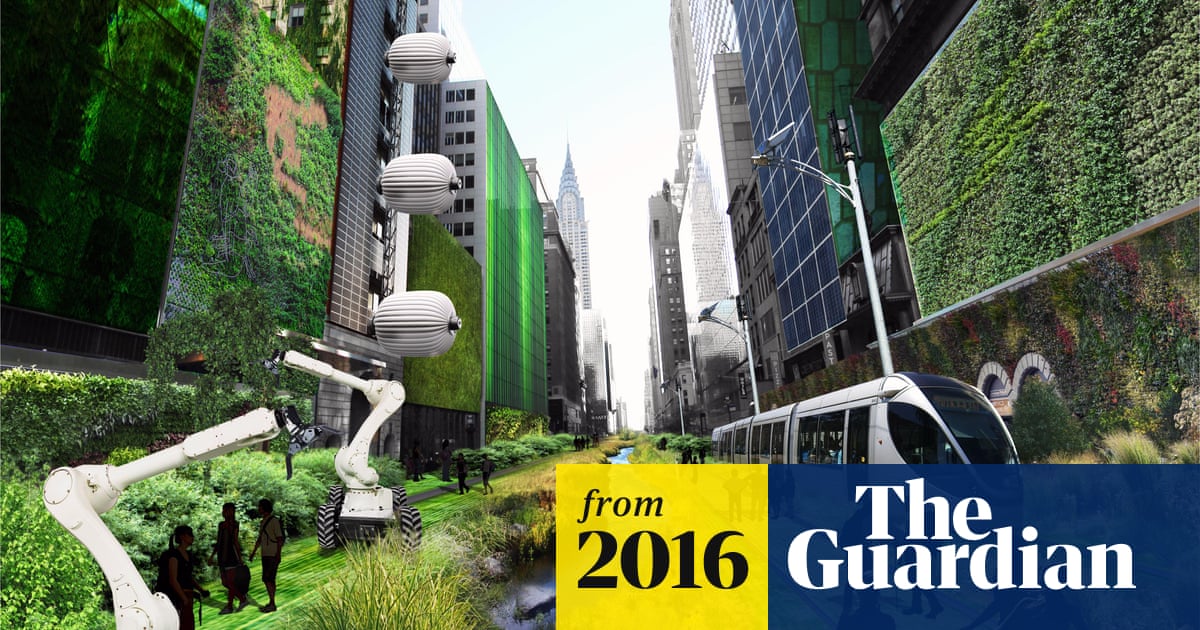Navigating the Future of Megacities: Innovation and Challenges
Story of cities #future: what will our growing megacities really look like? 🔗

The future of megacities presents a complex blend of innovation and challenges as urban areas face issues such as climate change, waste management, and the need for adaptability. While visions of smart cities boast technological advancements like augmented reality and modular architecture, they also raise concerns about surveillance and environmental sustainability. Coastal cities are particularly vulnerable to rising sea levels, leading to discussions about strategies for adaptation, including defense, retreat, and co-existence with water. Additionally, the perception of waste as a resource is gaining traction, prompting a shift towards a closed-loop economy. Ultimately, the evolution of cities will rely on collaboration among their inhabitants and a willingness to embrace change.
What are the main strategies for adapting to rising sea levels in coastal cities?
Defence, retreat, and adaptation are the primary strategies identified for coastal cities facing rising sea levels. Defence involves constructing large engineering structures to keep water away, while retreat may mean moving inland or elevating structures above water. Adaptation focuses on designing cities to coexist with rising water levels.
How is waste viewed in the context of future cities?
Waste is increasingly seen as a resource rather than refuse. The idea is to transform waste into usable materials, promoting a closed-loop economy where nothing goes to waste. This shift in perception encourages innovative approaches to urban design and resource management.
What challenges do cities face in making necessary changes?
Cities encounter obstacles such as short electoral cycles, commercial interests, and a prevailing sense of inertia that hinders significant adaptation. Additionally, the entrenched interests of industries like fossil fuels complicate efforts to transition to more sustainable practices.